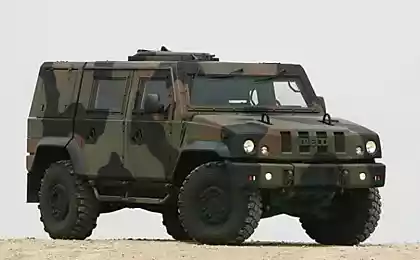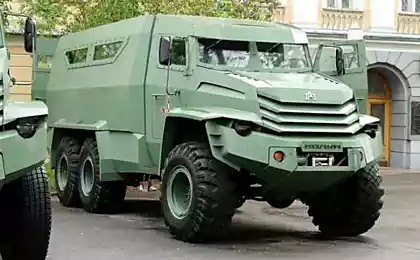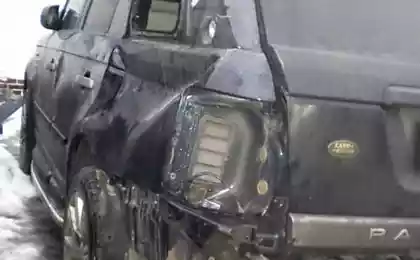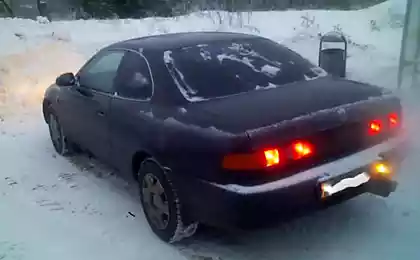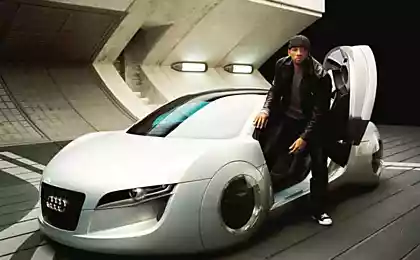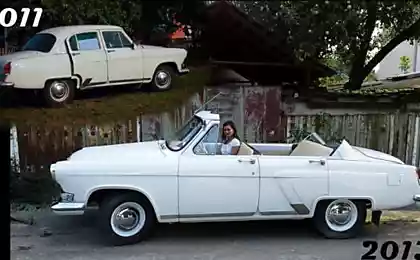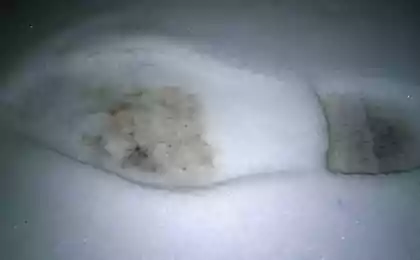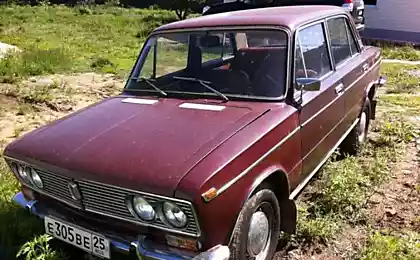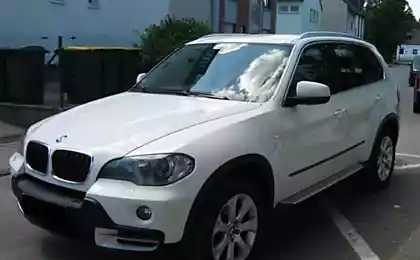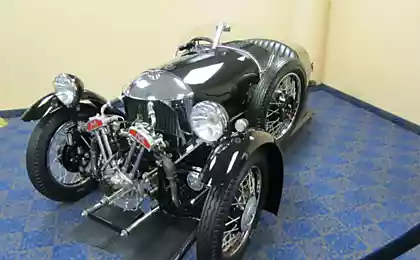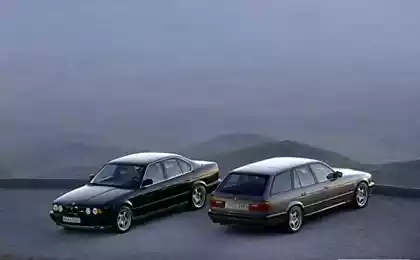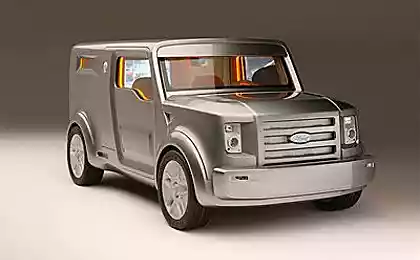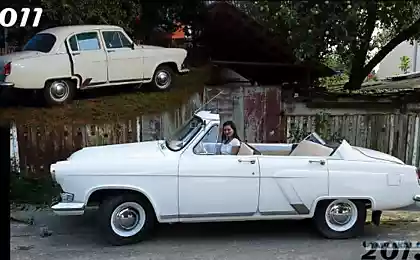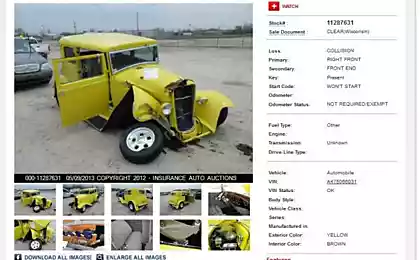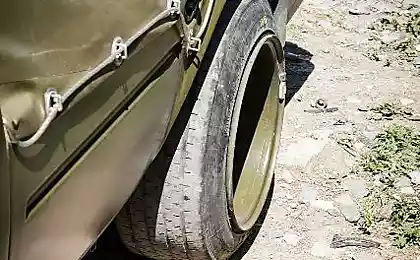628
Armored cars (11 photos)
Armored reconnaissance and patrol vehicle BRDM-2
(11 images)
1/11
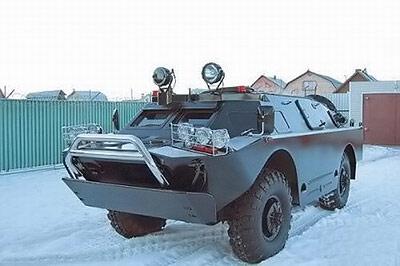
Armored reconnaissance and patrol vehicle BRDM-2 is a further development BRDM. It was developed by the design bureau headed by VA Dedkova and serially produced from 1965 to 1989. The machine was adopted by order of the Minister of Defense of the USSR from 05.22.1962 year ...
2/2
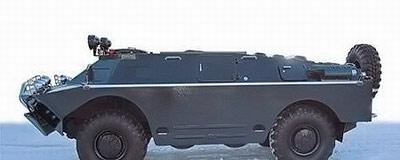
BRDM-2 scheme of the overall layout was front-office management and rear placement of the power plant. Such a layout scheme compared with the circuit layout BRDM improved the visibility area with the driver's workplace and improve the quality amphibious car, because the installation of the engine in the rear of the chassis provides a stable trim by the stern. At the same time, drive axles and driveline them were under the bottom of the housing, thereby violating his faired
3/11
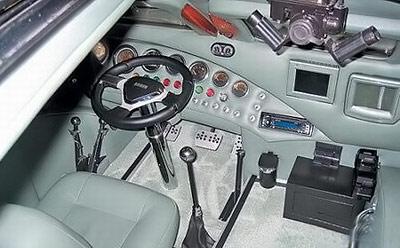
Torque engine GAZ-41 was passed through the gearbox and transfer box to the front and rear axle, as well as jet drives, winches and other driving wheels. Additional pneumatic wheels, located in the middle of the chassis, two on each side. They raised and lowered at overcoming trenches width up to 1 m 2 using hydraulic lifts like the landing gear. Additional wheels were made leading to the mechanical drive of the transmission. Self-locking cam differentials both bridges on the device are the same, with the same nodes of the truck GAZ-66. Water jet and the drive to the drive wheels can operate simultaneously, if necessary.
4/11
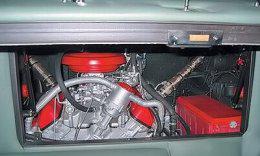
On the water, the machine is driven by the established in the feed water jets. The four-propeller sucks water through a suction inlet located at the bottom, and threw it through the hole in the aft hull plates. While driving on land that hole closed by special armored shutter. Reverse ensured the direction of rotation of the screw. To turn the floating water rudders were placed in the exhaust pipe water jets. Drive them interlocked with the drive of the wheels. Traffic safety on the water provided volnootrazhatelny shield (when driving on land it is set in the down position for better visibility), and high-water drainage system.
5/11
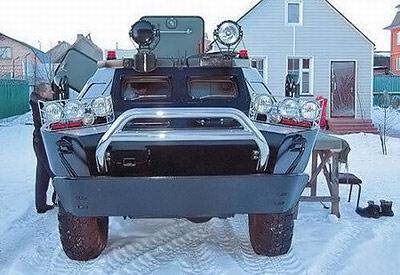
At night, the driver-mechanic installed night vision TVNO-2B, and the commander of the machine instead of the fluorescent observation device TPKU-2 - a night TKN-1C.
6/11
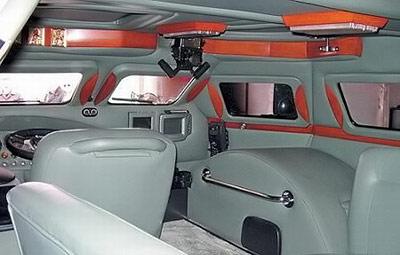
The machine had closed sealed enclosure, which is attached to all units and mechanisms. It was made of armor plates of thickness 10 mm and 6 mm.
7/11

8/11
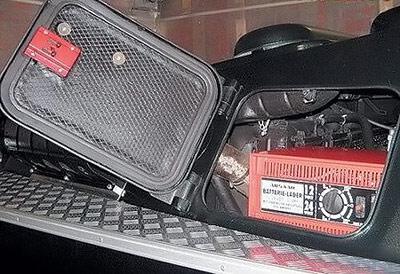
9/11
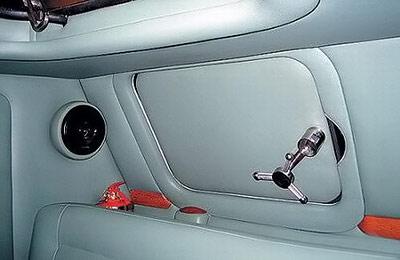
10/11
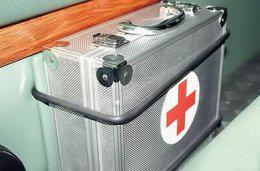
And this is - the source ...
Combat weight, t 7
- Crew. 4
- Arms 14, 5-mm machine gun KPVT
7 62-mm machine gun PKT
Ammunition, rds. 500h14, 5 mm
2000h7, 62 mm
- Overall dimensions, m:
Length of 5, 75
Width 2, 35
Height 2, 31
Ground clearance, m 0, 43
- The maximum speed, km / h 95 (floating 10)
Cruising, 750 km
Engine: GAZ-41
Maximum power hp 140
- 4x4 (8x8)
- Obstacles:
the height of the wall, m 0, 4
width of ditch, m 1, 2
rise, hail. 30
Bank, hail. 20
- 11/11 (everything ... and you say - HAMMER)
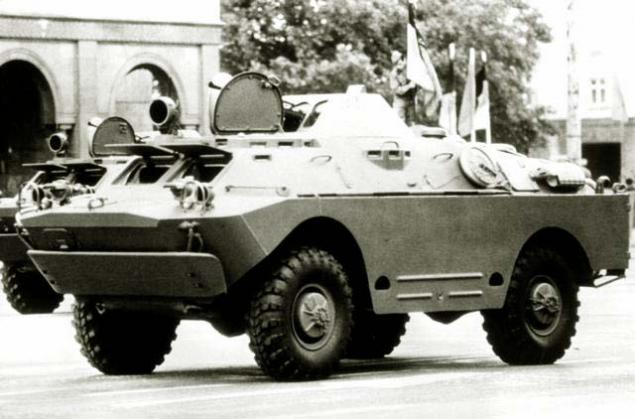
Source:
(11 images)
1/11

Armored reconnaissance and patrol vehicle BRDM-2 is a further development BRDM. It was developed by the design bureau headed by VA Dedkova and serially produced from 1965 to 1989. The machine was adopted by order of the Minister of Defense of the USSR from 05.22.1962 year ...
2/2

BRDM-2 scheme of the overall layout was front-office management and rear placement of the power plant. Such a layout scheme compared with the circuit layout BRDM improved the visibility area with the driver's workplace and improve the quality amphibious car, because the installation of the engine in the rear of the chassis provides a stable trim by the stern. At the same time, drive axles and driveline them were under the bottom of the housing, thereby violating his faired
3/11

Torque engine GAZ-41 was passed through the gearbox and transfer box to the front and rear axle, as well as jet drives, winches and other driving wheels. Additional pneumatic wheels, located in the middle of the chassis, two on each side. They raised and lowered at overcoming trenches width up to 1 m 2 using hydraulic lifts like the landing gear. Additional wheels were made leading to the mechanical drive of the transmission. Self-locking cam differentials both bridges on the device are the same, with the same nodes of the truck GAZ-66. Water jet and the drive to the drive wheels can operate simultaneously, if necessary.
4/11

On the water, the machine is driven by the established in the feed water jets. The four-propeller sucks water through a suction inlet located at the bottom, and threw it through the hole in the aft hull plates. While driving on land that hole closed by special armored shutter. Reverse ensured the direction of rotation of the screw. To turn the floating water rudders were placed in the exhaust pipe water jets. Drive them interlocked with the drive of the wheels. Traffic safety on the water provided volnootrazhatelny shield (when driving on land it is set in the down position for better visibility), and high-water drainage system.
5/11

At night, the driver-mechanic installed night vision TVNO-2B, and the commander of the machine instead of the fluorescent observation device TPKU-2 - a night TKN-1C.
6/11

The machine had closed sealed enclosure, which is attached to all units and mechanisms. It was made of armor plates of thickness 10 mm and 6 mm.
7/11

8/11

9/11

10/11

And this is - the source ...
Combat weight, t 7
- Crew. 4
- Arms 14, 5-mm machine gun KPVT
7 62-mm machine gun PKT
Ammunition, rds. 500h14, 5 mm
2000h7, 62 mm
- Overall dimensions, m:
Length of 5, 75
Width 2, 35
Height 2, 31
Ground clearance, m 0, 43
- The maximum speed, km / h 95 (floating 10)
Cruising, 750 km
Engine: GAZ-41
Maximum power hp 140
- 4x4 (8x8)
- Obstacles:
the height of the wall, m 0, 4
width of ditch, m 1, 2
rise, hail. 30
Bank, hail. 20
- 11/11 (everything ... and you say - HAMMER)

Source:

